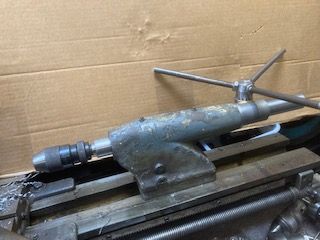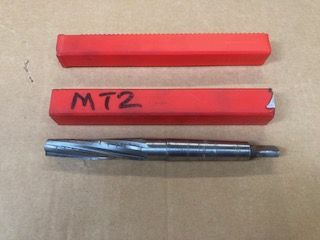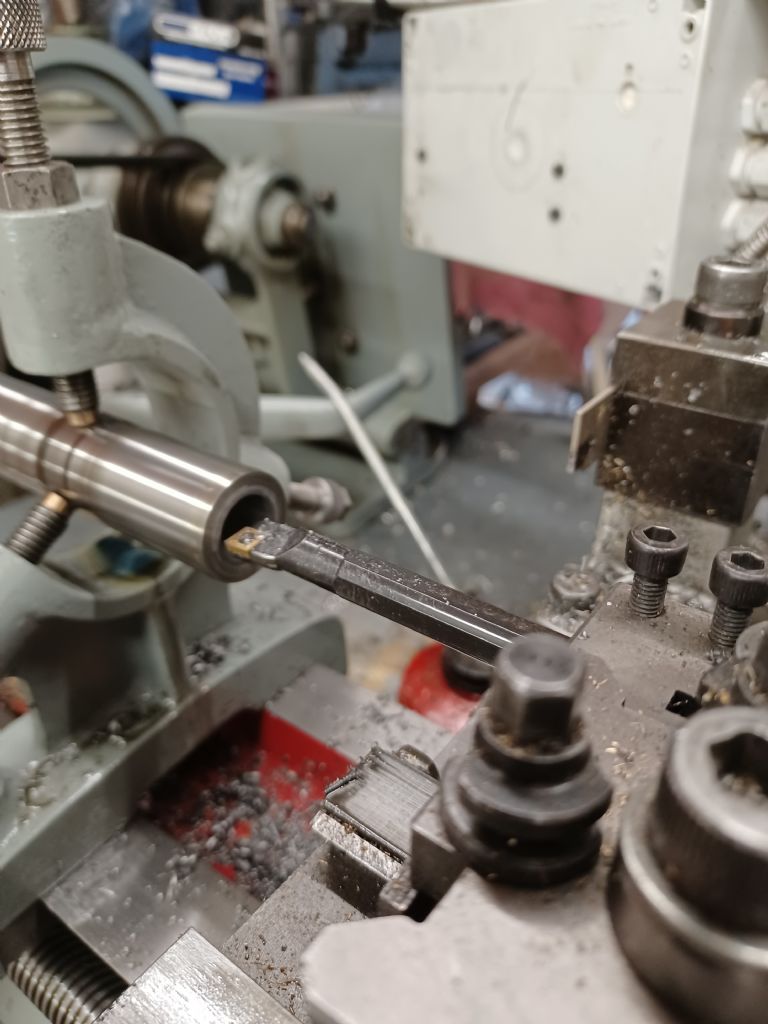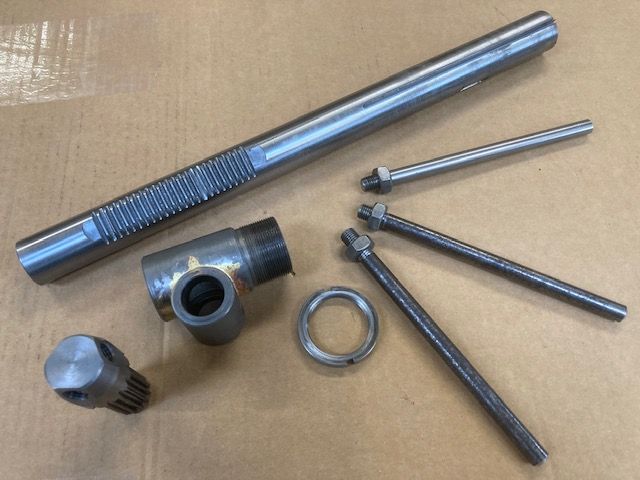Just to pass the time between wishing the in-laws bah-humbug, I've been converting the tailstock of my S7 to be rack operated. Thus:

Excuse the paint job (lack thereof) – it is 70 years old.
Almost the last operation was to cut a no 2 morse taper socket in the inboard end of the new tailstock barrel. I drilled a 14 mm hole to clear out most of the material, then bored an undersize taper of very nearly the correct angle to make sure the socket would be true to the OD of the barrel. So far so good.
I then introduced my one and only MT2 reamer into the mix. I've tried to bore MT2 sockets before using the compound slide, but found it is very difficult to get a truly linearly tapered surface.
Here's a picture of the reamer. It's far from new, but I thought I'd give it a try.

As you can hopefully see it's the type with a solid MT2 shank, and with serrated flutes. I'd assumed this is to make it cut more freely.
I was surprised how quickly the gullets filled up with swarf. Am I expecting too much to use this as a metal removal tool rather than a shaping/smoothing/trimming tool? By the way the barrel material is EN32, so mild steel but with no free cutting properties worthy of the name.
It cut a successful socket, scored near the mouth which I took to be me being clumsy with my swarf management regime, but the taper size and fit are pretty good. For the amount I shall use it I'd call it a success. Shame I cut one of the rack teeth out of position (simple typo in my list of dial settings).
So I am planning to remake the barrel, but before I do I would appreciate some advice about how to cut an internal taper. My initial question – is this reamer a metal gross removal device – is one such, also what is the difference between this reamer and a straight flute hand held one with a square butt for use with a tap wrench? Why is one on a Morse taper shank and the other one hand-held? Do I need both?
Should I get much nearer the final socket dimensions before using the reamer?
Can I sharpen my serrated flute reamer by grinding the face of the flutes?
Any thoughts?
Thanks as ever
Simon
P.S. I'd rather not get involved in grinding the finished taper if I can avoid it, it will only be used for light occasional duties and I don't have the technology. By the same token I'm happy to leave it soft. The real imperative in remaking the barrel is that I mis-designed the anti-rotation slot to take the tang of a MT2 drill but my reworked barrel will have a tang slot and an ejector.
Hopper.








